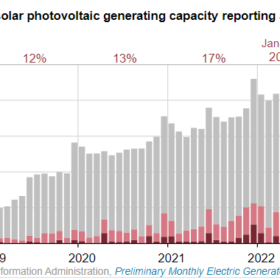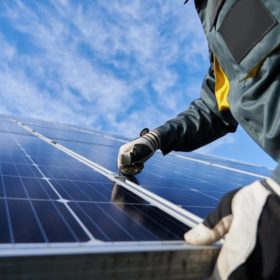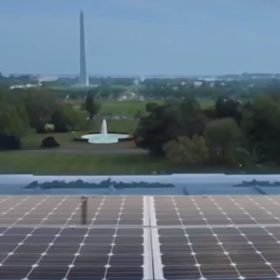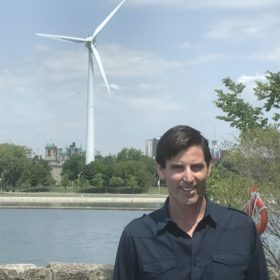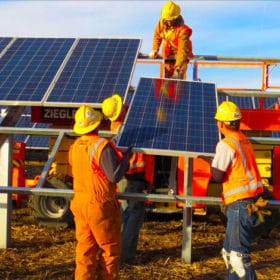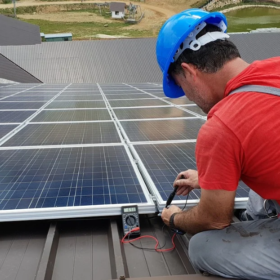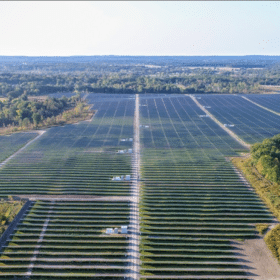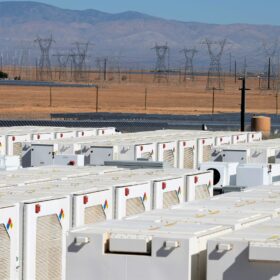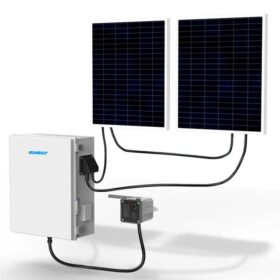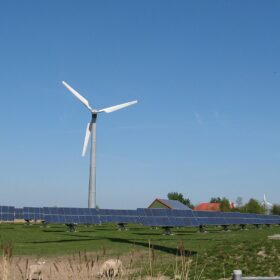About 20% of utility-scale solar capacity was delayed in the first half of 2022
Module supply challenges led to 4.2 GW installed in the first six months, less than half of what was initially expected.
Designing for 100% renewables with real-time retail pricing could yield benefits of 9% or more
Including real-time pricing of retail electricity in the design of a high-renewables system would “markedly” lower the system’s cost, researchers found, in an analysis for the island of Oahu, Hawaii. For continent-scale systems as well, they said the resulting demand-side flexibility is likely substantial.
Quanex releases solar panel sealant for improved durability
The sealant helps delay power loss over a module’s lifetime and extends useful life by locking out moisture.
Washington D.C. signs 73 MW solar power purchase agreement
The Public Service Commission approved a long-term power purchase agreement in partnership with Invenergy.
Chicago commits to 100% renewable energy by 2025
Mayor Lightfoot made a commitment to purchase renewable energy for all city facilities and operations by 2025.
Study finds 100% renewables would pay off within 6 years
New research from Stanford University researcher Mark Jacobson outlines how 145 countries could meet 100% of their business-as-usual energy needs with wind, water, solar and energy storage.
University of Rochester partners with Amp Energy on community solar
The University subscribed to six solar facilities and 1 billion kWh over the next 25 years.
Princeton: Solar deployment to increase fivefold under Inflation Reduction Act
US utility-scale solar may deploy at five times the 2020 rate of 10 GW, reaching 49 GW annually by 2024, said Princeton in an analysis of the potential impact of the bill.
US added 15 GW generating capacity, 4.2 GW solar in first half 2022
EIA expects 17.8 GW of solar capacity to be added to the grid by the end of the year.
Tigo releases design quality tool for large commercial solar
The module level power electronics provider also introduced an installer certification course.
